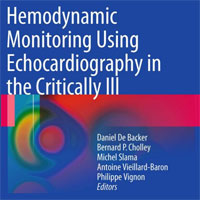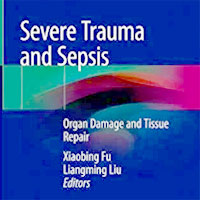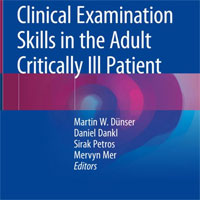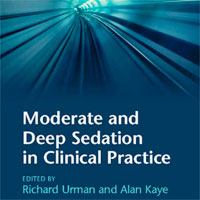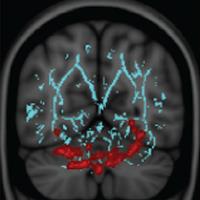
Cerebral Microbleeds as Predictors of Mortality
Cerebral microbleeds (CMB) represent a common magnetic resonance imaging marker of cerebral small vessel disease, increasingly recognized as a subclinical marker of stroke and dementia risk. CMB detection may reflect the... read more

Why the New Sepsis Guideline Changed
Recent guidelines for how to best manage septic shock have changed. Gone are recommendations for central venous oxygen saturation monitoring and goal-directed therapy. In is the concept that septic shock be treated as an... read more

Toward the Ideal Ratio of Patients to Intensivists
More than 5.7 million patients are admitted annually to an intensive care unit (ICU) in the United States, accounting for approximately 20% of all acute care admissions. With the aging population and its increasing comorbidity... read more
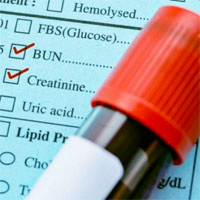
No IV Hydration for Contrast Nephropathy? AMACING Trial Challenges a Cornerstone of Prophylaxis
A Dutch study undercutting the established role of hydration in preventing kidney damage during procedures is raising eyebrows. Dutch researchers are calling into question one of the cornerstone practices of cath labs and... read more

Decreased cytokine production by mononuclear cells after severe gram-negative infections
Failure of circulating monocytes for adequate cytokine production is a trait of sepsis-induced immunosuppression; however, its duration and association with final outcome are poorly understood. Defective TNF-α production... read more
Ultrasound Guidance and Other Determinants of Successful Peripheral Artery Catheterization
Margaret Parker, MD, MCCM, speaks with David B. Kantor, MD, PhD, about the article, "Ultrasound Guidance and Other Determinants of Successful Peripheral Artery Catheterization in Critically Ill Children," published in the... read more
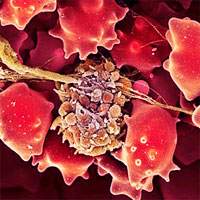
Multifaceted educational intervention shortened time to antibiotic administration in children with sepsis
A multifaceted educational intervention shortened time to antibiotic administration in children with severe sepsis and septic shock: ABISS Edusepsis pediatric study. The Surviving Sepsis Campaign (SSC) recommends the administration... read more
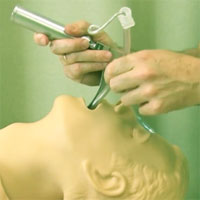
Alternative techniques for tracheal intubation
Conventional direct laryngoscopy with the curved Macintosh blade is a fundamental skill for all anaesthetists and has been the cornerstone of airway management for many years. This technique relies on the operator aligning... read more
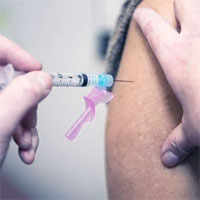
Pharmacists Can Make a Difference During Influenza Pandemics
Since November 2015, approximately 25% of adults who receive annual seasonal influenza vaccination are immunized in pharmacies or retail health care settings. The growth in vaccine uptake at pharmacies has public health policy... read more
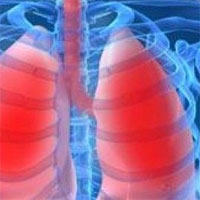
Effects of Neuromuscular Blockers on Transpulmonary Pressures in Moderate to Severe ARDS
Thirty patients were included, 24 with moderate ARDS and 6 with severe ARDS. NMBA infusion was associated with an improvement in oxygenation in both moderate and severe ARDS, accompanied by a decrease in both plateau pressure... read more
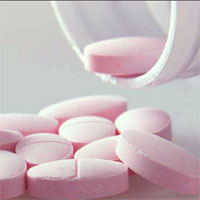
Dose-Adjusted DOACs: What Efficacy vs Warfarin?
The direct oral anticoagulants (DOACs) offer distinct advantages over warfarin - among them, dose adjustment is only needed in cases of impaired renal function, advanced age, low body weight, or potential for drug-drug interactions.... read more
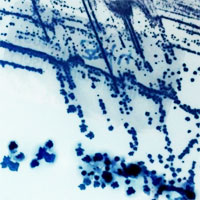
New Guidelines for Accurate Diagnosis of C. difficile Infection
Clostridium difficile infection (CDI), a potentially lethal bacterial infection, causes colon inflammation and is responsible for 3,700 deaths in Europe per year. This highly symptomatic infection causes fever, diarrhea,... read more

Longer hospital stays may reduce readmissions, study suggests
A recent study found patients moved to post-acute care facilities have a higher chance of readmission than those kept in the hospital for a longer period of time. Researchers say longer hospital stays may prevent readmission... read more
In Hospital ICUs, AI Could Predict Which Patients Are Likely to Die
With streams of data coming from equipment that monitors patients’ vital signs, the ICU seems the perfect setting to deploy artificially intelligent tools that could judge when a patient is likely to take a turn for the... read more

Using an App to Speed Surgical Recovery
To help patients recover faster from surgery, Rush University Medical Center recently has begun providing patients with a computer app that prompts, monitors, and encourages activities that promote healing. Called SeamlessMD,... read more
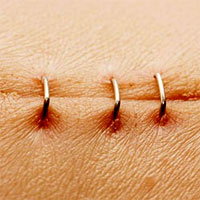
Stapled versus hand-sewn
Stapled versus hand-sewn: A prospective emergency surgery study. An American Association for the Surgery of Trauma multi-institutional study. Data from the trauma patient population suggests handsewn (HS) anastomoses are... read more

Addressing Physician Burnout
The US health care delivery system and the field of medicine have experienced tremendous change over the last decade. At the system level, narrowing of insurance networks, employed physicians, and financial pressures have... read more


